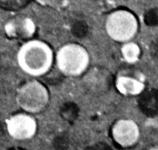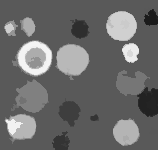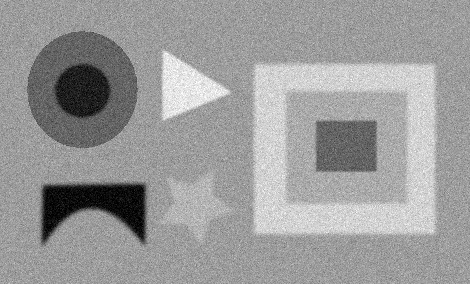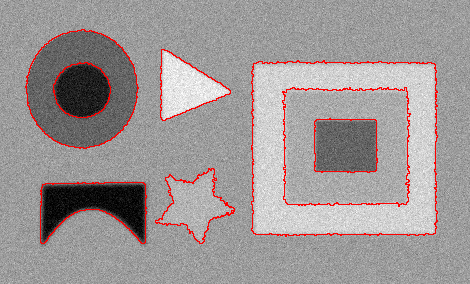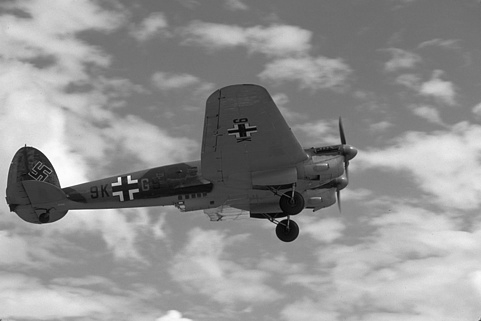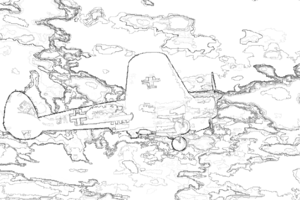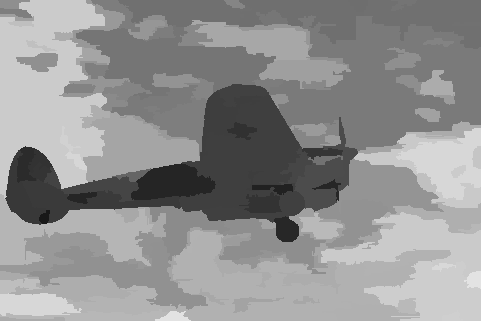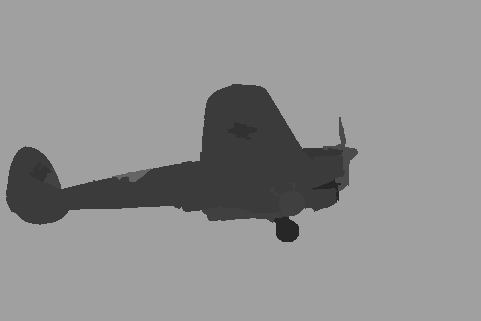Difference between revisions of "Publications/crozet.14.icip.inc"
From LRDE
| (3 intermediate revisions by the same user not shown) | |||
| Line 4: | Line 4: | ||
=== Fig. 1 === |
=== Fig. 1 === |
||
| + | |||
| ⚫ | |||
{| class="wikitable" border="1" |
{| class="wikitable" border="1" |
||
| Line 25: | Line 27: | ||
| [[File:Crozet14icip_Introplanehierarchy.png|thumb|x]] |
| [[File:Crozet14icip_Introplanehierarchy.png|thumb|x]] |
||
|- |
|- |
||
| − | ! colspan="2" | (d) Hierarchical Segmentation (saliency-based). |
+ | ! colspan="2" | (d) Hierarchical Segmentation (saliency-based): ''click on the thumbnail (right)''. |
|- |
|- |
||
| [[File:Crozet14icip_Introplanesegmentationfine.png|none|x]] |
| [[File:Crozet14icip_Introplanesegmentationfine.png|none|x]] |
||
| [[File:Crozet14icip_Introplanesegmentationcoarse.png|none|x]] |
| [[File:Crozet14icip_Introplanesegmentationcoarse.png|none|x]] |
||
|- |
|- |
||
| − | ! colspan="2" | ( |
+ | ! colspan="2" | (e) Hierarchical Segmentation: fine (left), coarse (right). |
|} |
|} |
||
| ⚫ | |||
=== Fig. 2 === |
=== Fig. 2 === |
||
| + | |||
| ⚫ | An image (a) and its tree of shapes (b). The propagation of the level line λ ended, meaning that the nodes O and A have already been visited. The hierarchical queue contains the interior contour of B and C. Thus it can be partitioned in two sets S⁺λ = ∂B and S⁻λ = ∂C. The propagation can proceed on both parts in parallel. |
||
{| class="wikitable" border="1" |
{| class="wikitable" border="1" |
||
| Line 45: | Line 48: | ||
! (b) Tree of shapes |
! (b) Tree of shapes |
||
|} |
|} |
||
| ⚫ | |||
| − | |||
=== Fig. 4 === |
=== Fig. 4 === |
||
| + | |||
| ⚫ | |||
{| class="wikitable" border="1" |
{| class="wikitable" border="1" |
||
| Line 60: | Line 63: | ||
! (c) Immersed |
! (c) Immersed |
||
|} |
|} |
||
| ⚫ | |||
=== Fig. 8 === |
=== Fig. 8 === |
||
| + | |||
| ⚫ | |||
{| class="wikitable" border="1" |
{| class="wikitable" border="1" |
||
| Line 73: | Line 77: | ||
! (b) Re-valued image |
! (b) Re-valued image |
||
|} |
|} |
||
| ⚫ | |||
=== Fig. 10 === |
=== Fig. 10 === |
||
| + | |||
| ⚫ | |||
{| class="wikitable" border="1" |
{| class="wikitable" border="1" |
||
| Line 82: | Line 87: | ||
| [[File:Crozet14icip_Benchwo.png]] |
| [[File:Crozet14icip_Benchwo.png]] |
||
|} |
|} |
||
| ⚫ | |||
| − | |||
== Images == |
== Images == |
||
| − | Images used for the benchmarks: [ |
+ | Images used for the benchmarks: [http://www.lrde.epita.fr/~theo/papers/crozet14icip_materials/images.tar.bz2] |
== Source Code == |
== Source Code == |
||
| − | * Code of the serial version: [ |
+ | * Code of the serial version: [http://www.lrde.epita.fr/~theo/papers/crozet14icip_materials/serial.tar.bz2] |
| − | * Code of the parallel version: [ |
+ | * Code of the parallel version: [http://www.lrde.epita.fr/~theo/papers/crozet14icip_materials/parallel.tar.bz2] |
| − | * Code of the milena image processing library: [ |
+ | * Code of the milena image processing library: [http://www.lrde.epita.fr/~theo/papers/crozet14icip_materials/mln.tar.bz2] |
| + | |||
| + | |||
| + | == Useful links == |
||
| + | |||
| + | The ''Olena'' platform for image processing: http://olena.lrde.epita.fr |
||
| + | (containing the ''Milena'' C++ image processing library) |
||
| + | |||
| + | Reproducible research: |
||
| + | * http://reproducibleresearch.net/index.php/Main_Page |
||
| + | * http://en.wikipedia.org/wiki/Reproducibility#Reproducible_research |
||
| + | |||
| + | |||
| + | == Contact == |
||
| + | |||
| + | * Homepage: http://www.lrde.epita.fr/wiki/User:Theo |
||
| + | * Email: [mailto:thierry.geraud@lrde.epita.fr thierry.geraud@lrde.epita.fr] |
||
Latest revision as of 15:46, 18 February 2014
Figures
Fig. 1
Sample uses of the tree of shapes.
Fig. 2
An image (a) and its tree of shapes (b). The propagation of the level line λ ended, meaning that the nodes O and A have already been visited. The hierarchical queue contains the interior contour of B and C. Thus it can be partitioned in two sets S⁺λ = ∂B and S⁻λ = ∂C. The propagation can proceed on both parts in parallel.
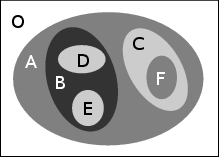
|
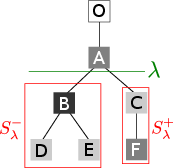
|
| (a) Image | (b) Tree of shapes |
|---|
Fig. 4
(a) is the input image. (b) is the result of the subdivision. (c) is the result of the immersion into the Khalimsky grid. 0-faces are represented by dots, 1-faces by segments and 2-faces by squares.

|
~ 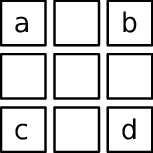 ~ ~
|
~ 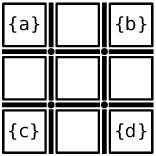 ~ ~
|
| (a) Input | (b) Subdivided | (c) Immersed |
|---|
Fig. 8
The original image (a) and the associated F^{ord} (b); the max-tree of (b) coincides with the tree of shapes of (a).
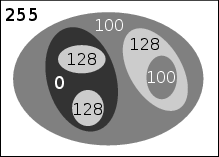
|
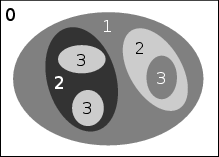
|
| (a) Original image | (b) Re-valued image |
|---|
Fig. 10
Computation times (in seconds) on a classical image test set of the following algorithms: FLLT, FLST, Géraud et al., and this paper proposal.
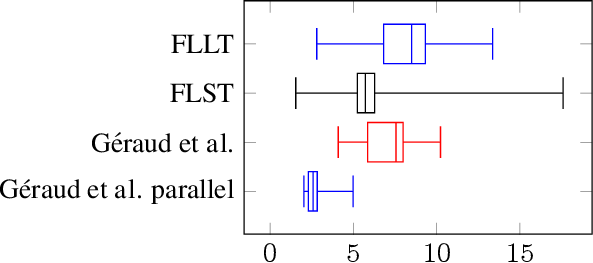
|
Images
Images used for the benchmarks: [1]
Source Code
- Code of the serial version: [2]
- Code of the parallel version: [3]
- Code of the milena image processing library: [4]
Useful links
The Olena platform for image processing: http://olena.lrde.epita.fr (containing the Milena C++ image processing library)
Reproducible research:
- http://reproducibleresearch.net/index.php/Main_Page
- http://en.wikipedia.org/wiki/Reproducibility#Reproducible_research
Contact
- Homepage: http://www.lrde.epita.fr/wiki/User:Theo
- Email: thierry.geraud@lrde.epita.fr



